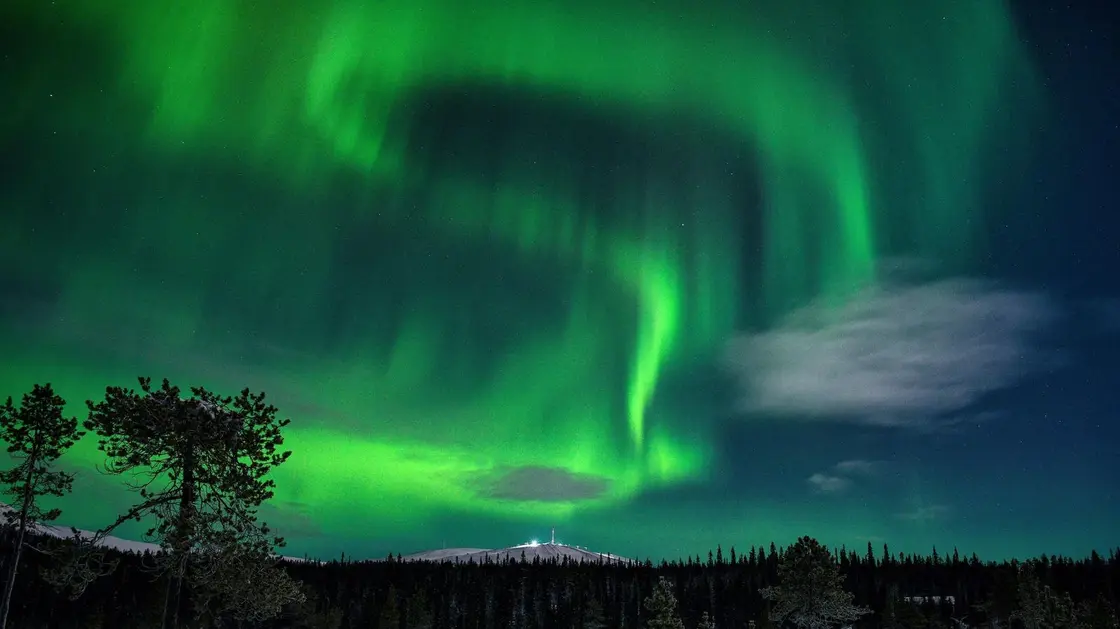T4K3.news
Perseid meteor shower peaks this week
The Perseid meteor shower will peak on August 12 and 13, but a bright Moon may affect visibility.
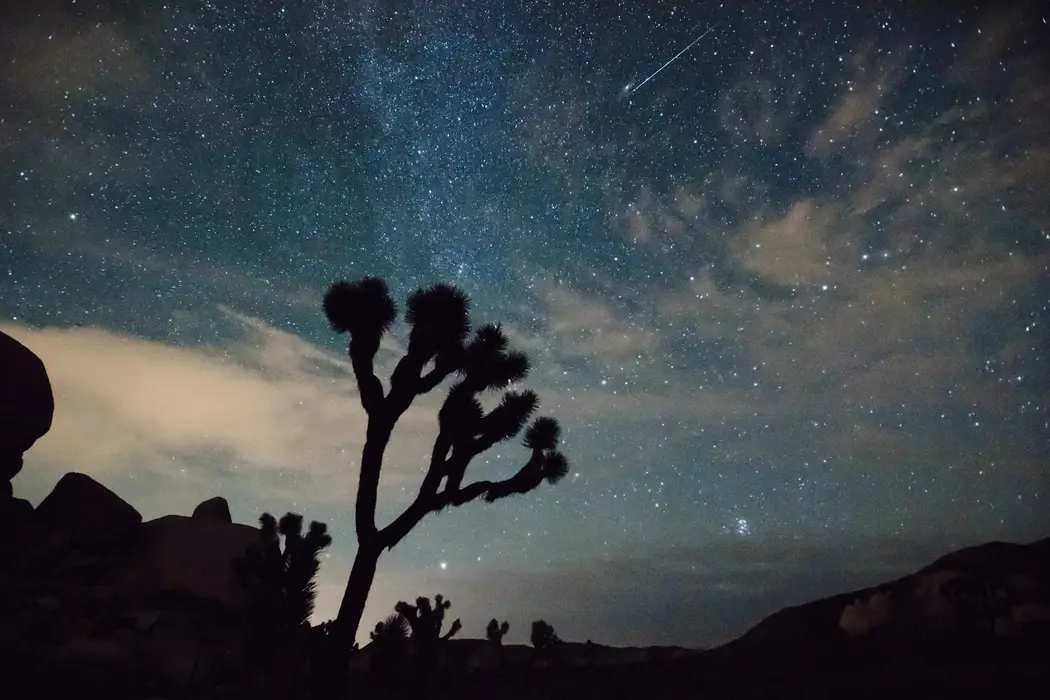
Skywatchers have a chance to witness the vibrant Perseid meteor shower peaking soon.
Perseid meteor shower reaches its peak this week
The Perseid meteor shower, known for its brilliant display, is expected to reach its peak between August 12 and August 13, according to the American Meteor Society. Skywatchers typically enjoy between 50 to 100 meteors per hour during this event. However, this year, a nearly full Moon will reduce visibility, potentially blocking many of the meteors. The American Meteor Society warns that conditions may lead to a 75 percent decrease in the number of visible meteors. To enhance viewing experiences, observers should find dark locations obscured from light pollution and look for optimal viewing times, particularly in the late night to early morning hours.
Key Takeaways
"This year may be a little different, as a near-full Moon during those peak hours could make it especially difficult to see the Perseids in their full glory."
The near-full Moon's brightness is expected to obstruct many meteors during the peak viewing hours.
"In 2025, the waning gibbous moon will severely compromise this shower at the time of maximum activity."
Astronomers predict the conditions in 2025 will significantly reduce the visibility of the Perseid meteor shower.
"The number one rule of skywatching is to create the darkest conditions possible."
This advice emphasizes the importance of light conditions for optimal meteor viewing, especially during the Perseids.
This year's Perseid meteor shower presents both an exciting opportunity and a challenge due to lunar interference. While the annual event typically showcases a stunning natural light display, the nearly full Moon raises concerns about the visibility of the meteors. The change in viewing conditions could shift public anticipation, emphasizing the need for careful planning among enthusiasts. Observers are reminded that meteor showers are fleeting and require attention to environmental factors for the best experience. This situation reflects a growing trend where astronomical events become marred by urban light pollution, stressing the importance of natural habitats and dark skies.
Highlights
- The Perseids offer a dazzling display, but don't let the Moon steal the show.
- Every year, the Earth interacts with comet debris to create this stunning event.
- The best spots for viewing might be under a tree's shadow, not the open sky.
- If you miss the Perseids, the Geminids await in December.
Visibility concerns due to lunar brightness
The nearly full Moon during the Perseid peak poses a risk that many meteors will be obscured, potentially disappointing viewers.
Astronomy lovers may also look forward to the Geminids meteor shower in December.
Enjoyed this? Let your friends know!
Related News
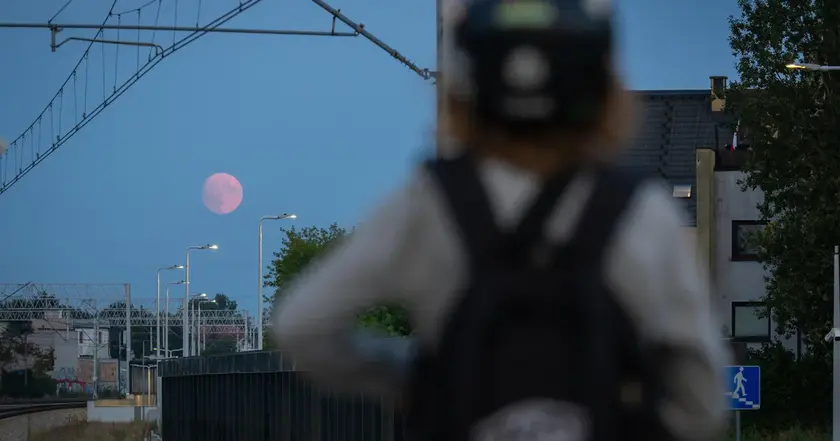
Perseids peak next week
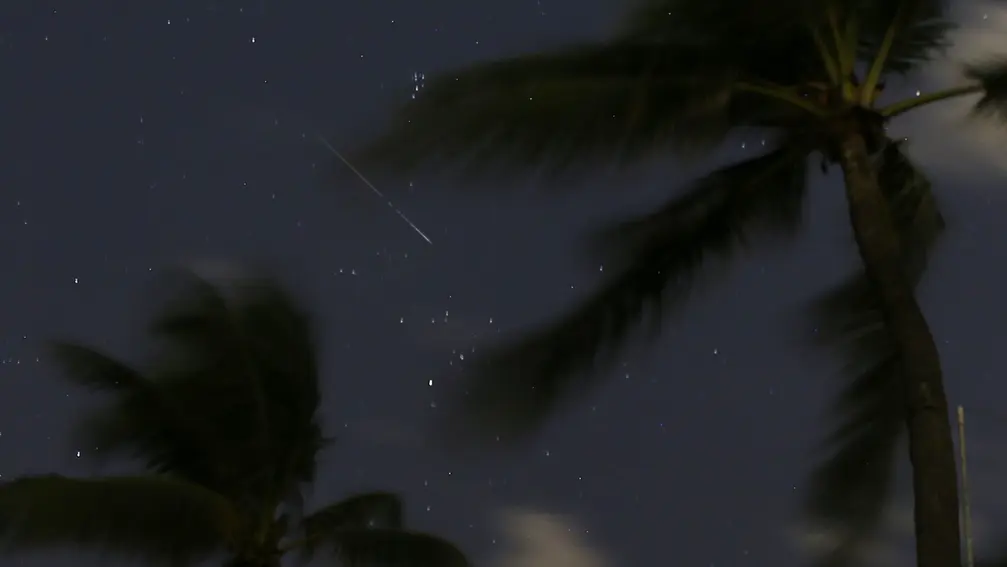
Perseids 2025 peak dimmed by bright moon
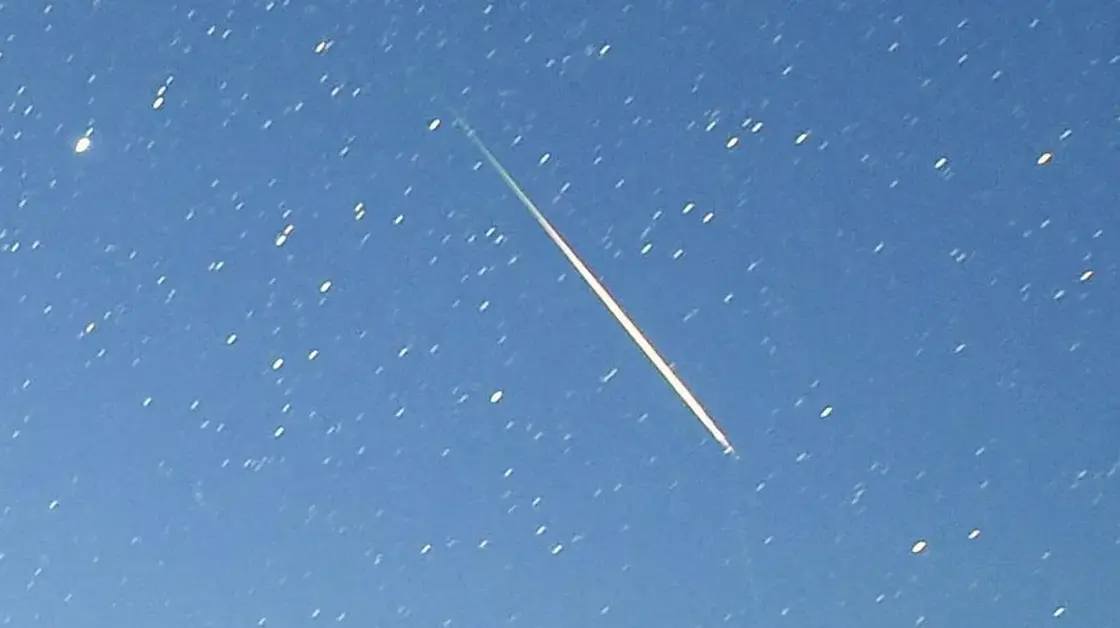
Perseid meteor shower peaks next week
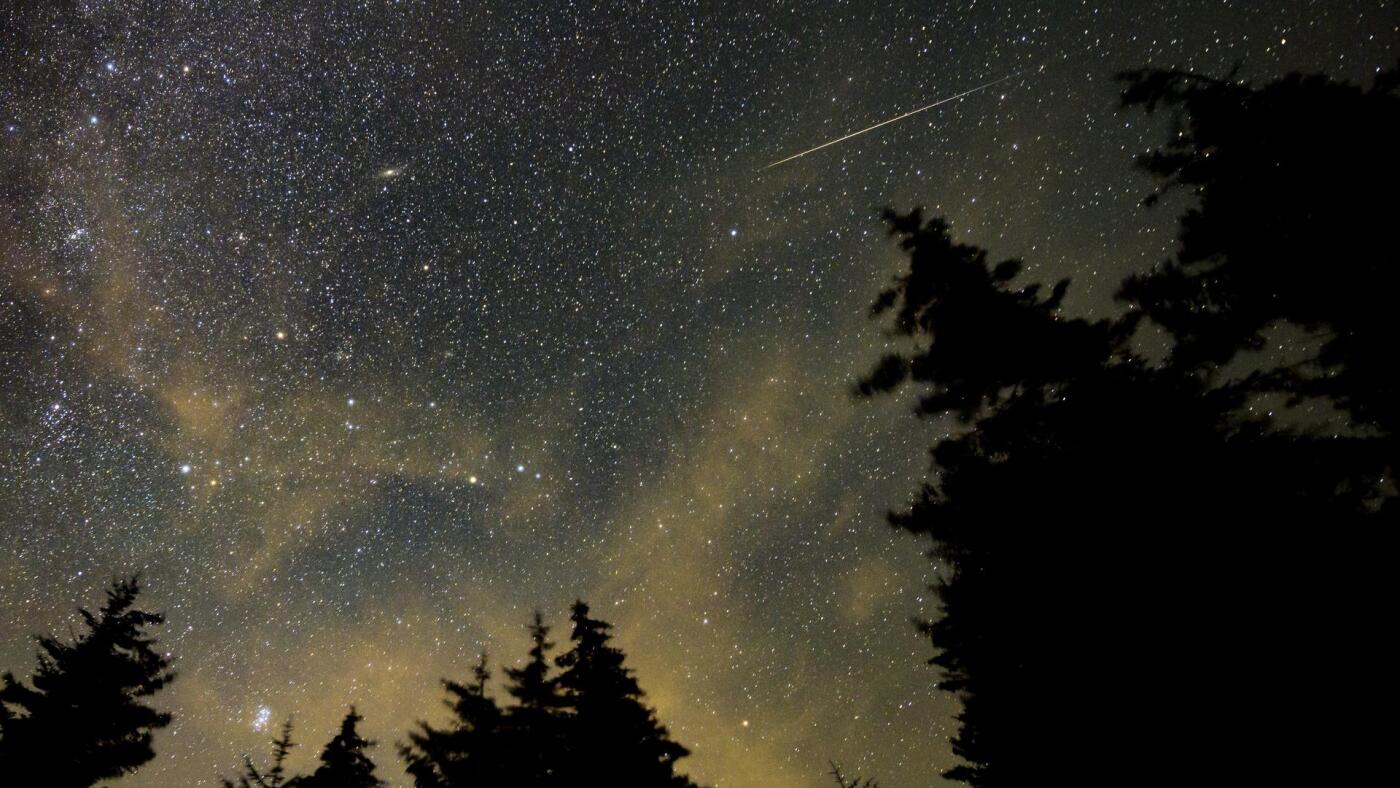
Meteor showers peak this week
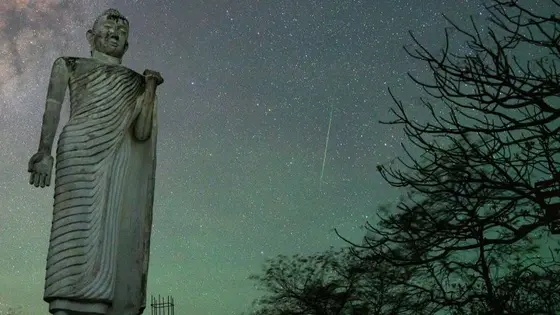
Alpha Capricornids and Southern Delta Aquariids peak this week
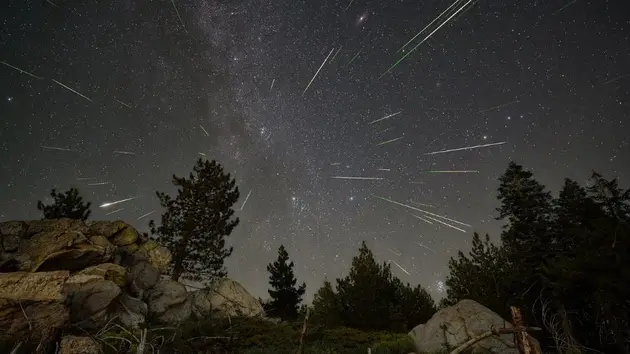
Planet parade and meteor shower over Seattle
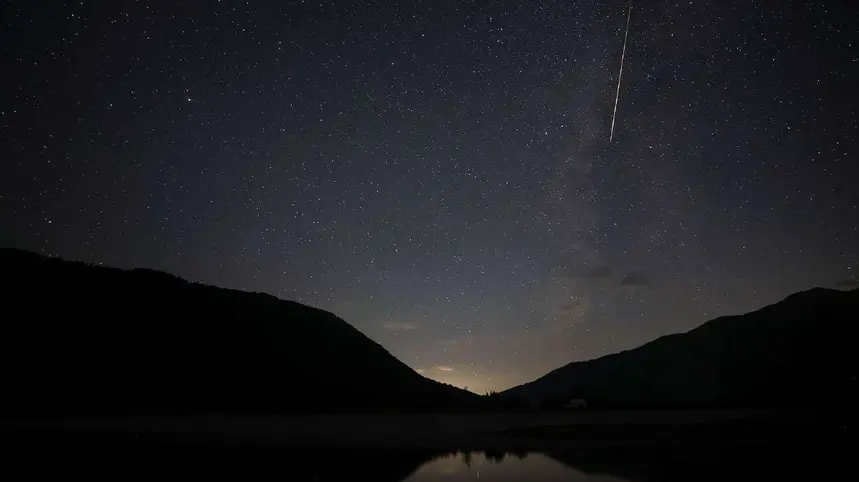
Double meteor shower peaks this week
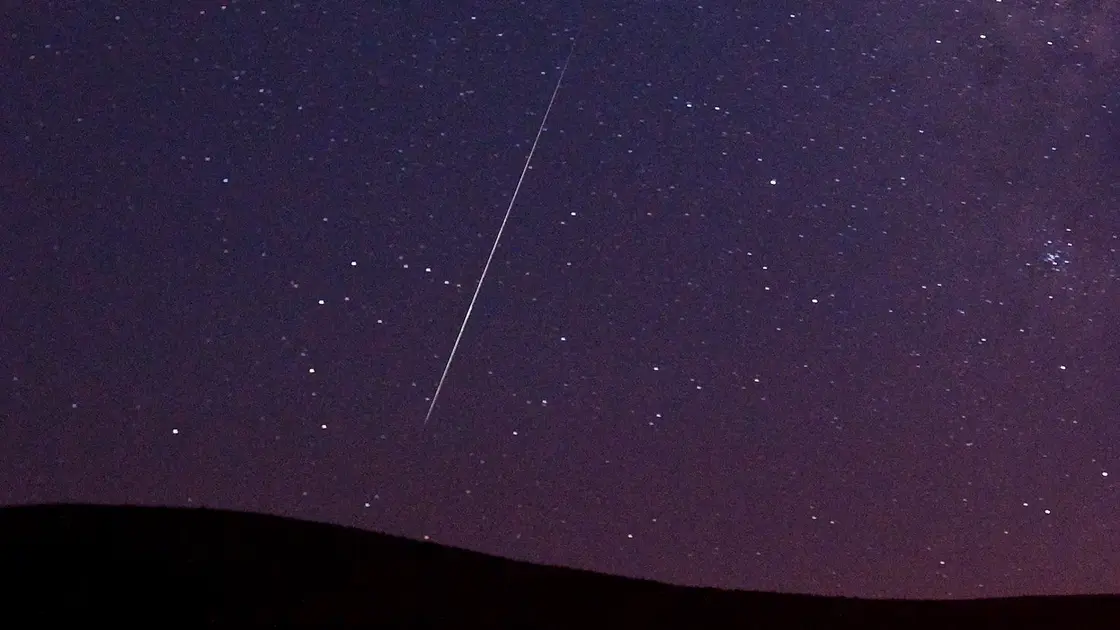
Perseid Meteor Shower Starts Soon
